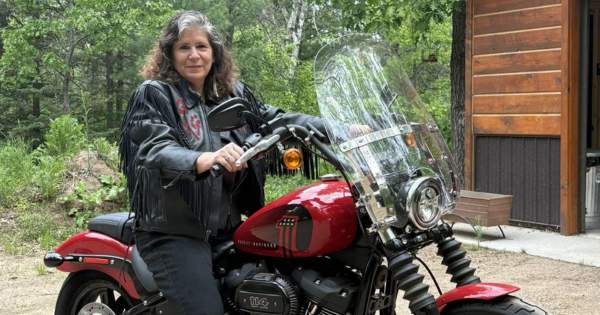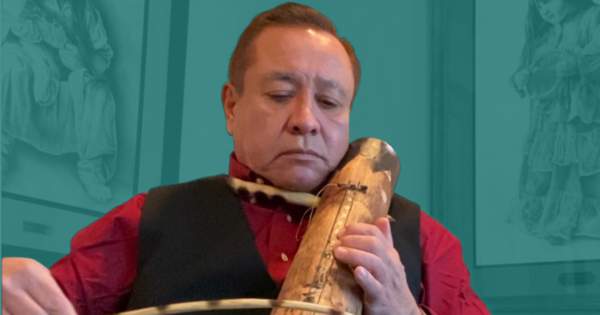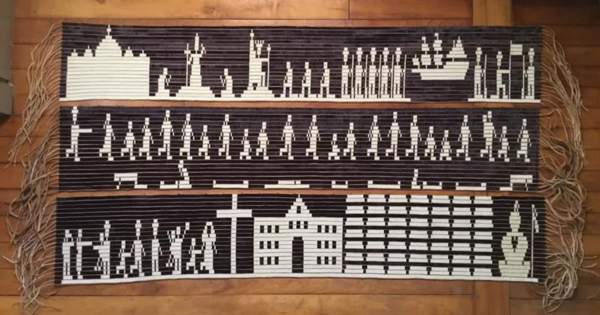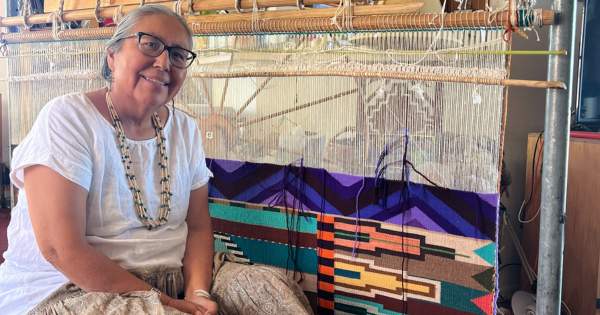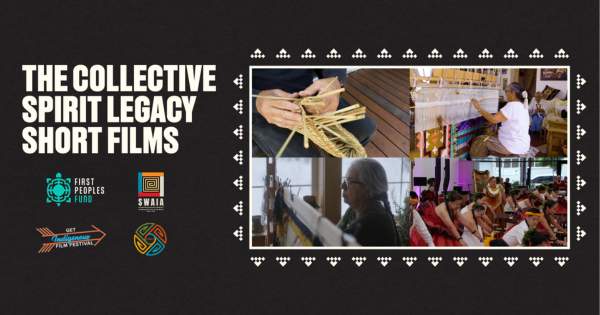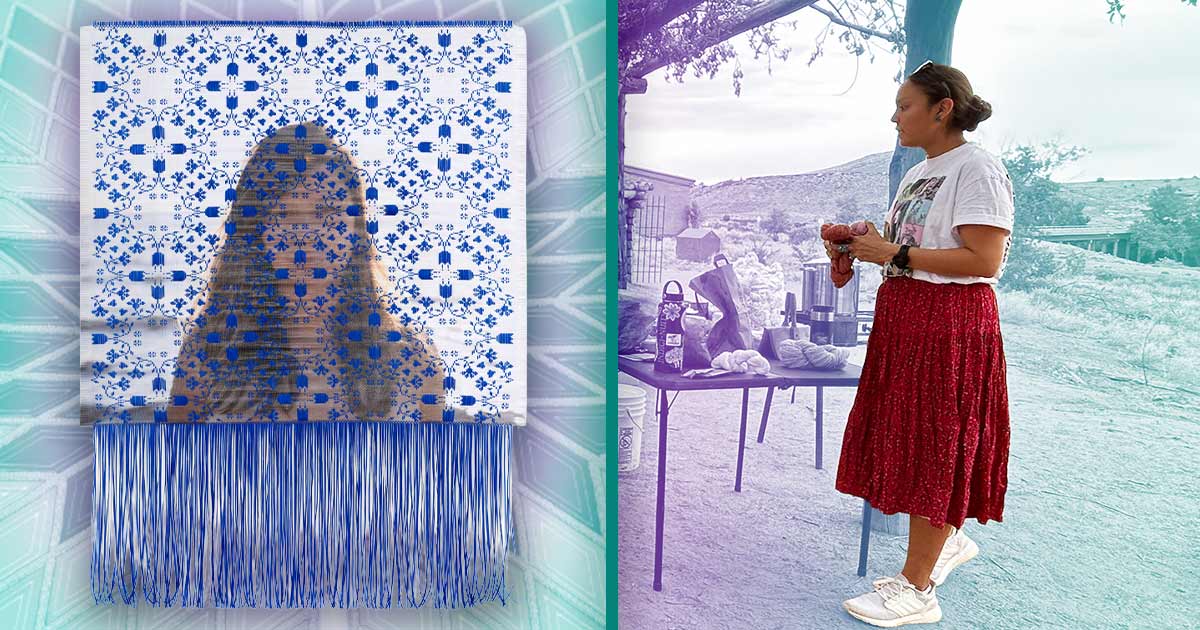
Profile on: Artist in Business Leadership Fellow Jhane Myers
Former Ralph Lauren designer returns to her roots
Jhane Myers is trying to not only recreate a dress from her ancestors, but also to offer a glimpse of a time period.
Myers, who is from the Comanche/Blackfeet tribes of Santa Fe, New Mexico, is a doll maker, jeweler, regalia maker and designer, and a traditional buckskin dancer. And she's also one of this year's First Peoples Fund Artist in Business Leadership grantees.
Having made her mark in the fashion world—she studied fashion at The Art Institute of Dallas, and worked for designer Ralph Lauren—Myers plans to recreate a traditional Native recession dress.
"It was a symbol," she said. "It was war time; things were scarce. My grandparents talked to me about ration cards."
While the men were out to war, she said, there was no one back home to hunt and skin animals. Missionaries provided canvasses that were used for the tents during church meetings, and the Natives cut up the canvass and made dresses.
Myers wants to recreate one of the dresses, which by now have all but disappeared.
The project will also include a DVD that teaches about the time period and dress making, and include memories from the time period.
"This will be a big challenge for me," Myers said of the film, but it will add another important element and is another way for a Native artist to harness the tool of technology and media in their art. She will draw from the experience of others by using Comanche filmmakers, providing them with a stipend for their work on the film.
Her work provides work for other Native artists, who will spend part of their time filming stories by elders.
"It's blending the old with the new," she said. "It's just exciting."
Myers has been making dresses since the 1990s and is a fourth generation dressmaker, but this project will push her as an artist, she said.
"I just have this drive to complete this project," said Myers, who has started her research for the project by visiting the National Museum of American Indian at The Smithsonian.
"I worked in the collection for a day and it was amazing," she said.
Finding dresses from that time is an important, but difficult, part of her research. There is not a recession dress to view in any Southern Plains collection. There is one in Oklahoma on an army base, she said, but she hasn't been able to view it.
"For me, it's the first time in my career that I've done a statement piece. I'm so happy and pleased First Peoples Fund funded me."
The opportunity to capture the stories of her ancestors, and work with her hands to recreate a part of history is important in passing down the history and traditions to the next generation, she added.
"It's funding a legacy," she said. "It's something I can leave my children and grandchildren."
